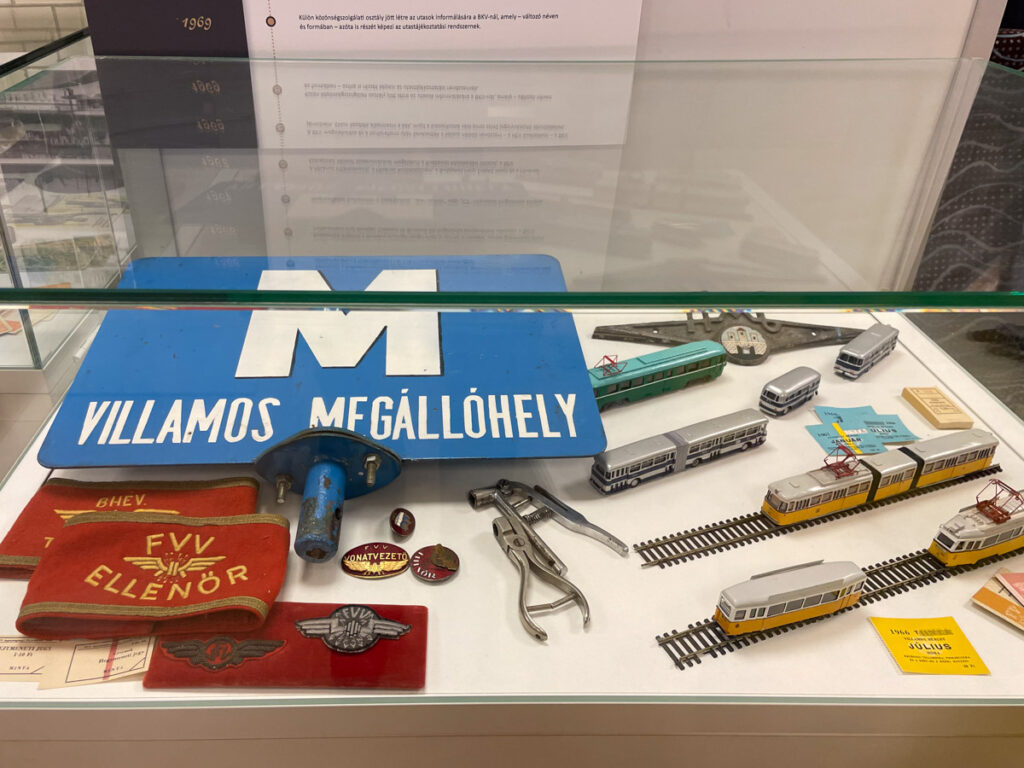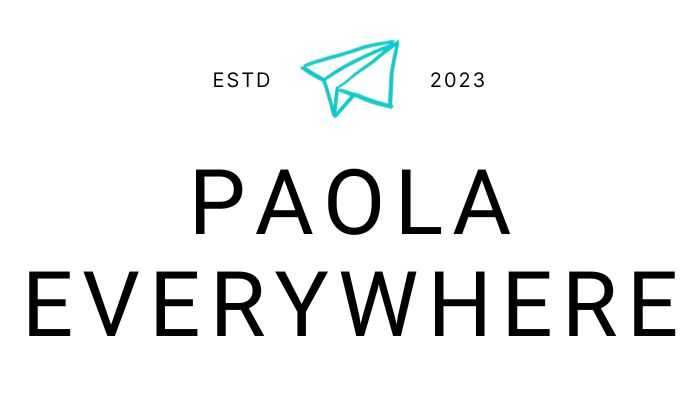The Underground Railway Museum in the Deák Ferenc tér metro station showcases the city’s underground history. It is worth discovering because Budapest has the oldest underground railway in continental Europe, opened in 1896. Inside the museum, you can see a recreated station from the opening of the M1 Line, also known as the Millennium Underground. In the museum, you can see the original metro train carriages, old tickets, maps, photographs, scale models, and more. Online information about this museum are quite limited, so in this article I share everything you need to know for visiting the Budapest Underground Railway Museum.
Table of Contents
Budapest Millennium Line: the First Underground Railway in Continental Europe
The Millennium Földalatti Vasút, also known as the Millennium Subway Line or MillFAV, was opened in 1896. “Millennium” refers to the 1000th anniversary of Hungarian communities settling on Hungarian grounds.
PLAN YOUR TRIP TO BUDAPEST
Unlock the best of Budapest with the Budapest Card and enjoy free public transportation, access to the best museums, and relaxation at the famous Lukács Thermal Bath. For more info, read my review of the Budapest Card.
The best way to stay connected in Hungary is with a Holafly eSim, saving real money on data coverage. Finally, ensure your travels are worry-free by getting Heymondo travel insurance for essential peace of mind.
To give you a bit of contest, at the end of 19th century Budapest flourished and was almost three times its current size. It rivalled Vienna, the imperial seat of the Austro-Hungarian Empire. The underground line from the city centre to the site of the Millennium Fair in Városliget was mainly built to showcase its superior modernity.
The subway opened about 40 years after the famous London Underground, making it the first underground railway on the European continent. As London’s subway was older, it used steam locomotives for a long time before switching to electric locomotives.
In contrast, Budapest Underground was the world’s first subway to use electricity-powered locomotives. This technology subsequently became the world standard.
The Budapest subway system also influenced the design of North America’s first subway, the Tremont Street subway in Boston, which opened in 1897.

Budapest Underground Railway Museum: A Museum in a Real Metro Tunnel
The Underground Railway Museum, also known as the Millennium Underground Museum, opened its doors to visitors in 1975. It commemorates the continent’s first underground railway in a section of a dismissed tunnel.
The goal of creating the museum was to present the history of the Millennial Underground Railway and the Budapest metro in an authentic environment. The exhibition is located in the Deák Ferenc tér Metro station, in a 60-metre-long metro tunnel, decommissioned during the reconstruction of the metro station.
The museum tunnel was a section of the M1 line, the oldest metro line in Budapest, which ran between Gizella tér station (now Vörösmarty tér station) and Aréna út station (now Hősök tere station). In the 1950s, in preparation for the planned metro line M2, the M1 line under the square was diverted, and work led to creating a large-scale pedestrian underpass system under the square.
At first, the tunnel was planned to be filled in, but then it became a museum. The museum exhibits not only carriages, models, documents, and photographs but also the walls themselves, creating a unique historical atmosphere in the heart of downtown Budapest.
What to See in Budapest Underground Railway Museum
The Underground Railway Museum first opened its doors to visitors in 1975. In 1996, to commemorate the 100th anniversary of the Budapest Underground went under renovation. You can see many objects, like original blueprints, maps, construction logs, photographs, and models presenting the history of the Underground Railway.
I appreciated the historic uniforms and the original inscription of the downtown terminus, “Gizella tér”, written on original Zsolnay tiles. In the museum you can also discover how drivers, controllers, conductors, platform and linesmen weared a uniform, which included a cap with the employees’ service number written on it, a coat, a pair of trousers, and a winter overcoat.
Part of the exhibit explains how during WWI women became part of the workforce to fight labour shortage. Women worked for electric railways in Budapest, but their very first job opportunity was the underground railways.
There is also a list of people who contributed to the railway’s creation and a marble plaque commemorating the visit of József Ferenc, Prince Koháry de Csábrág et Szitnya and a Hungarian magnate and statesman to The Millennial Exhibition. After he travelled on the underground railway, the Budapest Underground Electric Railway became the Ferencz József Underground Electric Railway Rt.
The museum’s most captivating exhibit is the underground railway cars. In 1975, the vehicles displayed were lifted onto the tracks by crane through an open floor section. The three vehicles come from the original metro line M1, and you can board on two of them.

Practical information to Visit the Budapest Underground Railway Museum
While the museum is so small that you can visit it in just 20 minutes, it remains a curious and exciting destination. In fact, you can view old underground railway cars and learn about the history of the Budapest Underground, the oldest in continental Europe.
Most of the captions have been translated into English. However, some explanations are only available in Hungarian, and the staff at the ticket office only speak Hungarian.
Tickets and opening time
Budapest Underground Railway Museum is open every day except Monday from 10 am to 5 pm. Admission tickets cost HUF 900, around €2.5, with reductions for students and pensioners. Admission is free for children under 6 and over 70, and it’s free also with the Budapest Card.
Unfortunately, at the time of my visit, payment at the cash desk was apparently only possible in cash. Not speaking Hungarian well enough, I could not find out if cards would be accepted, so be sure to have Hungarian forints with you.
How to get to the Budapest Underground Railway Museum
The exhibition is in the Deák Ferenc tér Metro station. Of course you can reach it by Budapest public transport! To enter the museum, you have to pass the underground ticket office. It is accessible from the pedestrian subway system that links the square to Deák Ferenc tér metro station.
Földalatti Vasúti Múzeum (Underground Railway Museum)
1052 Budapest, Deák Ferenc tér, metro station

Where to stay in Budapest
Budapest offers a wide range of beautiful hotels to choose from. Hampton By Hilton Budapest City Centre (here my review) is located in the heart of Budapest, just 600 metres from St. Stephen’s Basilica. They offer a delicious breakfast and have a restaurant and a bar on-site. For those looking for a hotel with unique and stunning decor, Stories Boutique Hotel is a 4-star property situated 500 meters away from the Hungarian State Opera. They have a restaurant on-site that serves à la carte, a continental or vegetarian breakfast. If you prefer an aparthotel, Zoya Luxury Residence is an excellent option with units with a coffee machine, a dishwasher, a microwave and parking space.
Budapest Underground Railway Museum is a small and curious attraction for anyone interested in transportation and urban development history. Inside the museum, you can discover continental Europe’s first underground railway system. Feel free to share your experience about Budapest Underground Railway Museum in the comments, or if you’re planning to visit it your next time in Budapest.
